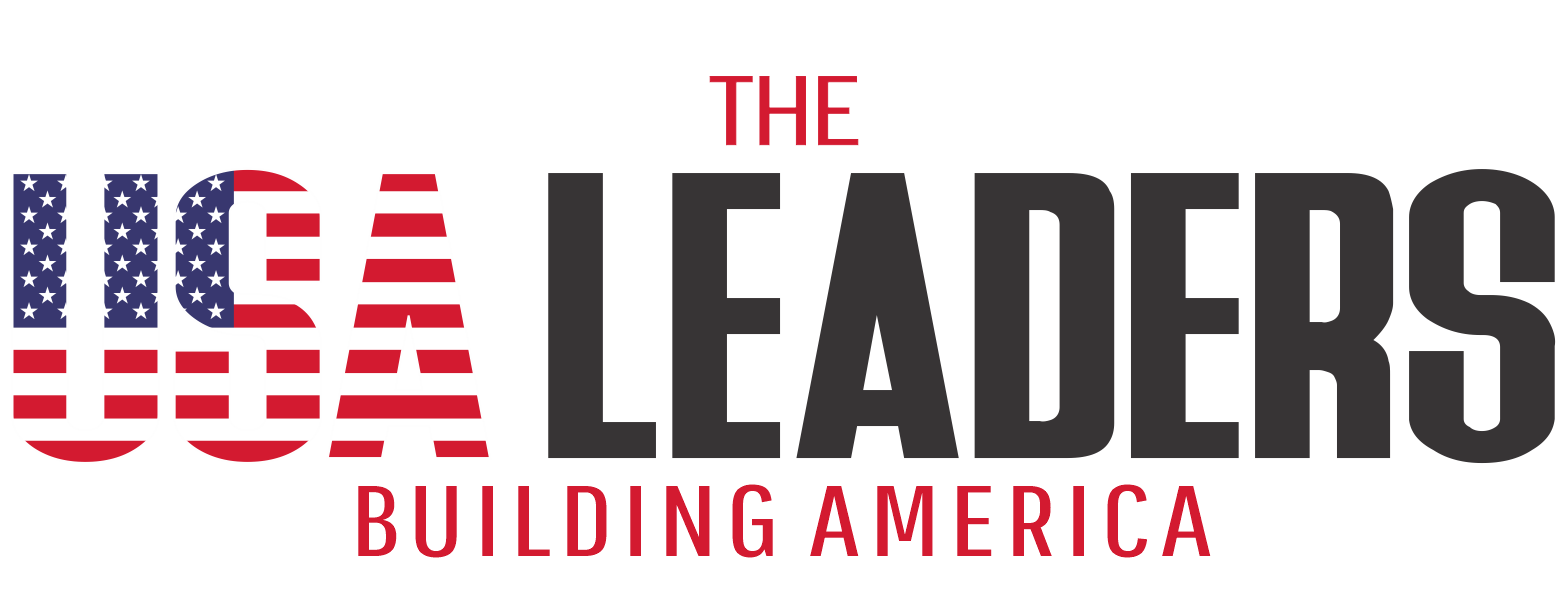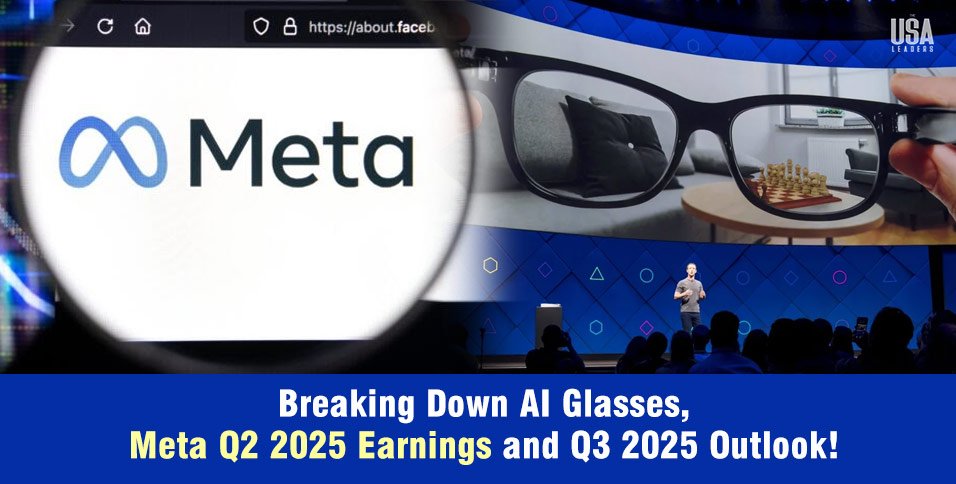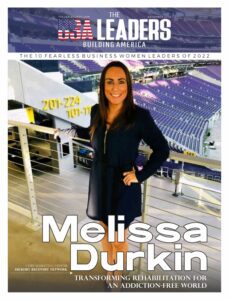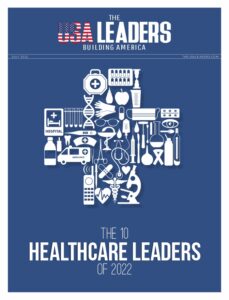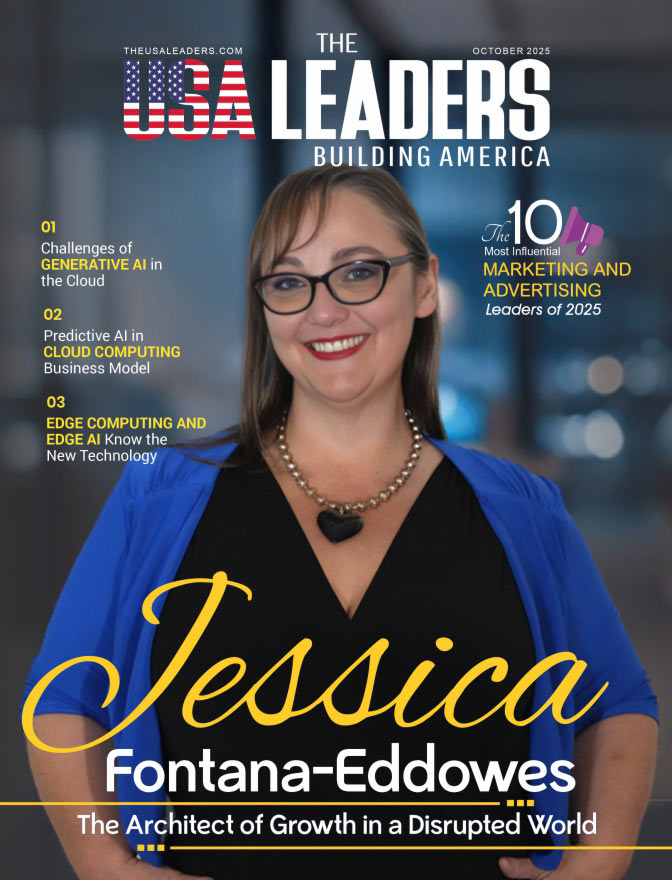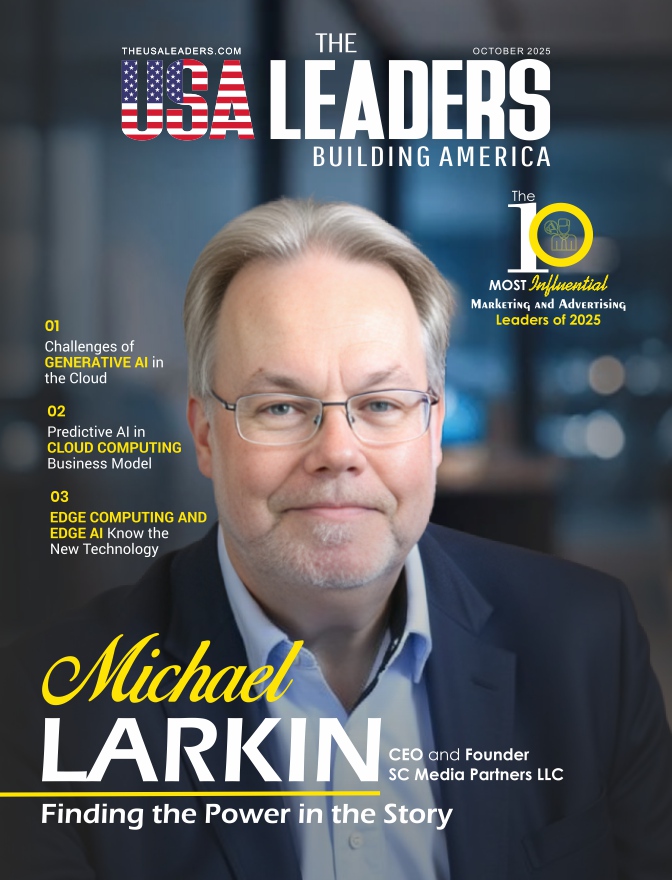The USA Leaders
August 01, 2025
Menlo Park – For anyone wondering if the digital advertising juggernaut still possesses its Midas touch, the latest Meta Q2 2025 earnings report delivered an emphatic, resounding ‘yes.’ The parent company of Facebook, Instagram, and WhatsApp didn’t just meet Wall Street’s expectations; it shattered them, painting a picture of a revitalized giant firing on all cylinders. But beneath the staggering profit numbers lies a more fascinating story: a company aggressively funneling its cash into a future dominated by artificial intelligence, betting billions that AI-powered smart glasses will become as essential as the smartphone is today.
Meta Q2 2025 Earnings: A Financial Grand Slam By the Numbers
Meta’s performance this quarter was nothing short of spectacular, showcasing robust health in its core business. Let’s break down the headline figures in simple terms:
- Revenue: The company pulled in a massive $47.52 billion, a powerful 22% jump from the same period last year.
- Net Income (Profit): Meta’s profit soared to $18.34 billion, up 36% year-over-year. This demonstrates remarkable efficiency, as profits grew significantly faster than revenue.
- Earnings Per Share (EPS): At $7.14, Meta blew past analyst predictions of $5.89, signaling a fundamentally stronger-than-expected quarter.
- Operating Margin: This key measure of profitability expanded to 43%, meaning Meta is keeping 43 cents of every dollar in revenue as profit before taxes and interest, up from 38% a year ago.
The market reacted with predictable enthusiasm, with Meta’s stock surging over 10% in after-hours trading as investors digested the blowout results and optimistic forecast.
The Engine Room: What’s Driving the Growth?
So, where is all this money coming from? The answer remains Meta’s finely tuned advertising machine, which has been supercharged by AI. The company reported that its “Family of Apps” (Facebook, Instagram, Messenger, WhatsApp) now engages a jaw-dropping 3.48 billion people every day—an increase of 6% year-over-year.
Think of Meta’s ad business like a massive digital billboard. This quarter, two things happened:
- More Eyeballs: Ad impressions, or the number of times an ad was shown to a user, jumped by 11%.
- Higher Value: The average price per ad also increased by 9%.
When you show more ads and charge more for each one, you get the kind of explosive revenue growth Meta just posted. The company’s advertising revenue alone hit $46.56 billion. This success is increasingly credited to AI tools that help businesses target customers more effectively and even generate ad creative, a service now used by nearly 2 million advertisers.
The Billion-Dollar Bet: AI and the ‘Superintelligence’ Gamble
While the advertising business prints money, Meta is spending it at an unprecedented rate to secure its future. The company’s Reality Labs division, which houses its metaverse and AI hardware ambitions, posted a loss of $4.5 billion. While a staggering figure, it was actually less than the $4.8 billion loss investors had feared.
The real story is in the spending. Meta’s capital expenditures—money spent on physical assets like data centers and servers—hit $17.01 billion for the quarter alone. The company now expects to spend between $66 billion and $72 billion this year, a colossal sum dedicated almost entirely to building the infrastructure for its next big push: artificial intelligence.
This strategy is being spearheaded by the newly formed “Meta Superintelligence Labs.” CEO Mark Zuckerberg’s goal is no longer just to connect people; it’s to “build personal superintelligence for everyone.” This ambitious, and costly, pivot is Meta’s high-stakes gamble to lead the next wave of technology.
Zuckerberg’s Vision: Through the Looking Glass
In what sounds like a page from a science fiction novel, CEO Mark Zuckerberg laid out a future where AI isn’t just on your phone but on your face. He stated that AI glasses will become the main way people interact with artificial intelligence, warning that those without them could soon be at a “significant cognitive disadvantage.”
Why is he so bullish on glasses?
Zuckerberg argues they are the “ideal form factor for AI” because they allow an AI assistant to see what you see and hear what you hear, offering real-time, context-aware help throughout your day. This vision is already gaining traction, with sales of the Ray-Ban Meta smart glasses more than tripling year-over-year, proving a growing consumer appetite for the technology.
He sees this as the first step toward advanced AR glasses that will fully merge our physical and digital worlds.
Reading Between the Lines: The CFO’s Cautious Outlook
While Wall Street celebrated the headline numbers of Meta Q2 2025 earnings, Meta’s official CFO commentary provides a more sobering look at the road ahead, revealing escalating costs and significant risks.
The company projects strong third-quarter revenue between $47.5 billion and $50.5 billion. However, it also tactfully managed expectations, warning that revenue growth will likely slow in the fourth quarter as it compares against a very strong period in late 2024.
The real eye-opener is the cost. The price tag for Meta’s AI ambition is staggering, with total expenses for 2025 projected to be between $114 billion and $118 billion. More importantly, the company warned that its expense growth rate will climb even higher in 2026.
This surge will be driven by two main factors: soaring infrastructure costs as new data centers come online, and higher compensation expenses from its aggressive hiring of top-tier AI talent. Capital expenditures are expected to see another year of “similarly significant” growth in 2026, signaling this investment cycle is far from over.
Furthermore, a significant storm cloud is brewing in Europe. The CFO explicitly warned that ongoing negotiations with the European Commission over the Digital Markets Act (DMA) and Meta’s “Less Personalized Ads” offering could have a “significant negative impact on our European revenue, as early as later this quarter.” This presents a near-term, material risk to the company’s financial results.
On a brighter note, the commentary mentioned that a new U.S. tax law is expected to reduce the company’s cash tax burden, providing a modest financial tailwind.
In essence, the message from the finance chief is clear: while the current business is thriving, the path forward involves historic levels of investment and navigating serious regulatory threats. The profits of today are funding a bigger, more expensive, and more uncertain tomorrow.
Also Read: Who is Shailesh Jejurikar: P&G’s First Indian-Origin President & CEO?
